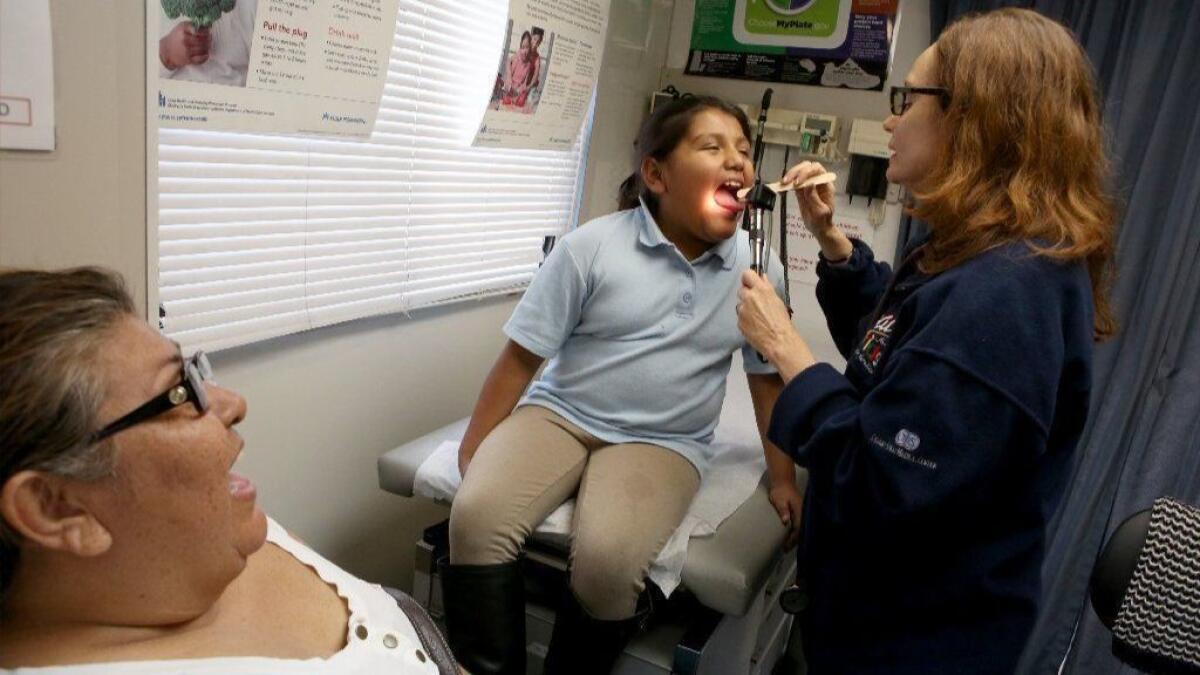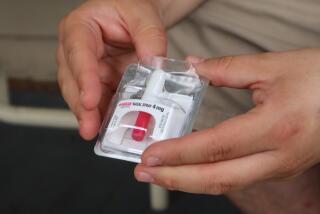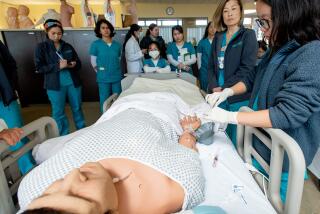Editorial: Unleash nurse practitioners to improve Californians’ access to healthcare

One of the fundamental problems with the U.S. healthcare system is that it’s costlier than just about any other country’s, and yet it does not deliver notably better results. Millions of Americans are forced to skimp on or go without care, either because they can’t afford the out-of-pocket costs required by their insurance or because the coverage is too costly to begin with.
It’s a complicated problem, and all the potential solutions involve trade-offs. But one point that analysts and healthcare professionals agree on is the need for a far more efficient healthcare system — in other words, one that delivers more care per dollar spent.
A small but potentially significant step would be to allow nurses and other healthcare professionals below the level of an MD to provide treatment to the full extent of their training. Doing so would not only allow many types of care to be delivered at lower cost, it would also help address the state’s worsening shortage of primary care doctors. The shortage, which is already causing residents in Los Angeles, the Inland Empire and rural areas to drive farther and wait longer for care, is expected to grow more acute as doctors in the baby boom generation retire; according to a healthcare workforce study released last year, California is expected to have more than 4,100 fewer primary care doctors than it needs by 2029.
And studies show that there’s no reason to believe that letting nurses take on a bigger role would reduce the quality of patient care.
Despite this shortage, some policymakers resist the idea of shifting duties away from medical doctors for fear of creating a two-tiered healthcare system, with people with less money or less generous insurance shunted away from physicians. “Being forced to only seeing a ‘nurse’ doesn’t seem fair to my constituents,” Assemblywoman Lorena Gonalez (D-San Diego) tweeted last year.
Gonzalez happens to be the chairwoman of the Assembly Appropriations Committee, where a bill (Assembly Bill 890) to give nurses with advanced training more autonomy is stalled. If the measure by Assemblyman Jim Wood (D-Healdsburg) does not make it out of the committee and through the Assembly by the end of this month, it will wind up in the legislative dustbin — just like every similar proposal the Legislature has considered in the last six years.
California lawmakers have gradually loosened some of the restraints on physician assistants, who are licensed by the state to deliver some of the same diagnostic services, preventive care and treatments that medical doctors do. But unlike legislators in 22 other states, they have stubbornly refused to grant more autonomy to nurse practitioners, who also have extra training and experience in diagnosing and delivering care.
Under current state law, nurse practitioners can perform a range of services and treatments, such as diagnosing illnesses and prescribing medications within the limitations of their training, but only under the direction of a physician — a restriction that physicians groups in California have fought to preserve. AB 890 would allow nurse practitioners to work without a doctor’s direct supervision, striking a reasonable balance between the need to provide more access to care and the need to maintain the quality of medical services.
But what about the worry about a two-tiered healthcare system? The fact is, we already have one, thanks to rising health insurance premiums, out-of-pocket costs and drug prices. The physician shortage exacerbates the problem; according to the healthcare workforce study, 7 million Californians — most of them Latino, African American or Native American — live in areas with fewer primary care doctors, dentists and mental health care providers than they need. Unleashing the more than 20,000 nurse practitioners licensed in California can not only help plug that gap but also increase diversity and provide a career path for more Californians eager to make their way into the healthcare industry. And as a 2010 study by the National Academy of Medicine pointed out, there’s no evidence that advanced practice nurses are less able to deliver safe and effective care than doctors, or that they deliver better care with a doctor’s supervision.
Primary care is the foundation of the healthcare system, and as anyone who’s spent more time in a doctor’s waiting room than getting treated will tell you, the supply of that care is too short. AB 890 is one part of the solution to that problem, and the Legislature should embrace it.
More to Read
A cure for the common opinion
Get thought-provoking perspectives with our weekly newsletter.
You may occasionally receive promotional content from the Los Angeles Times.










